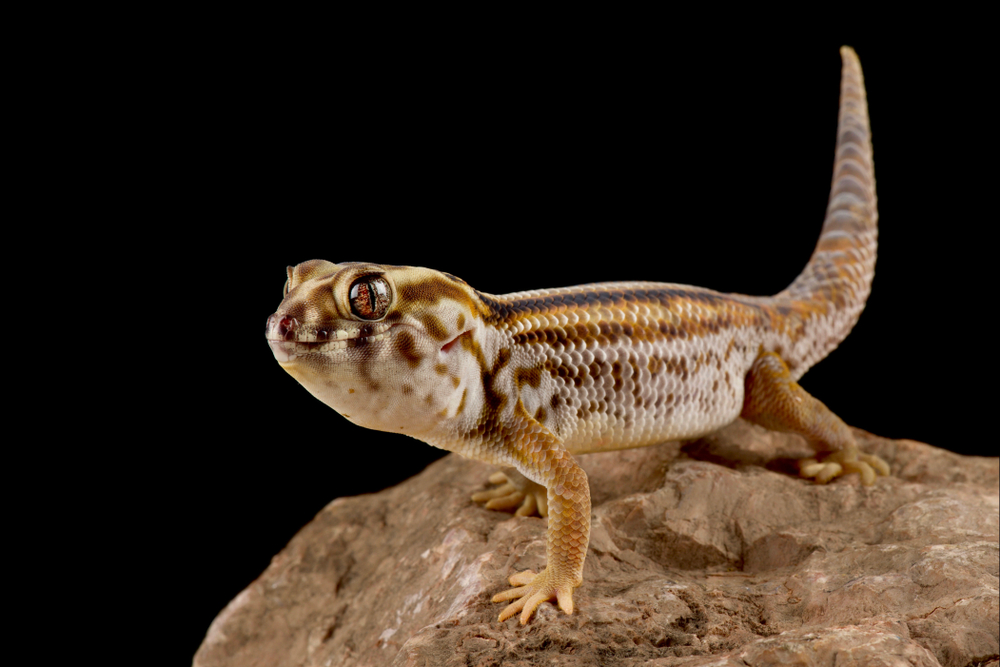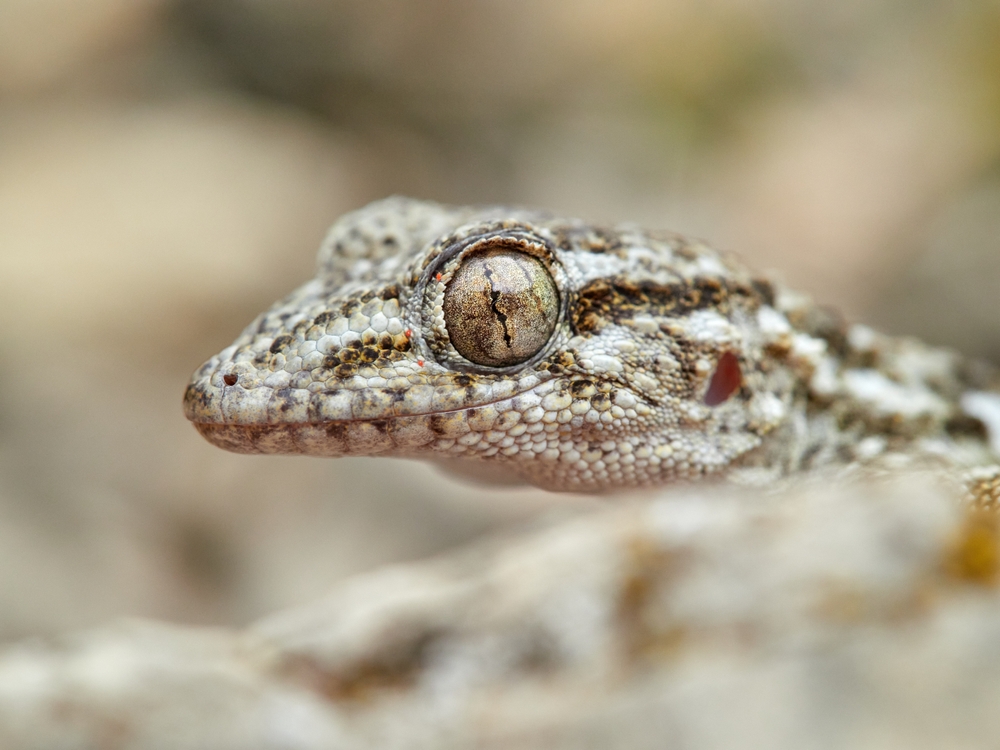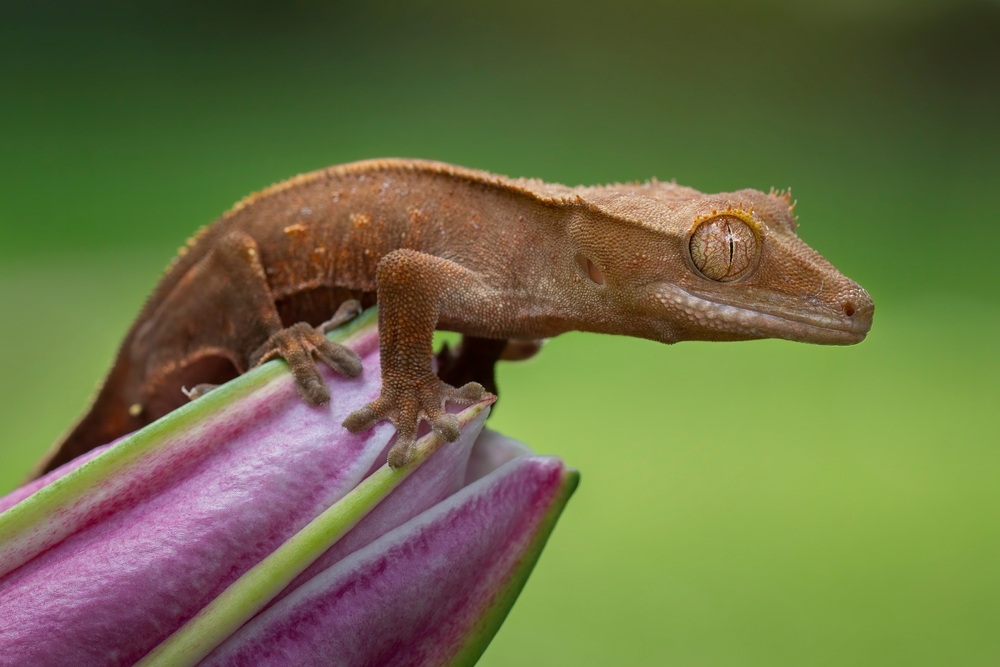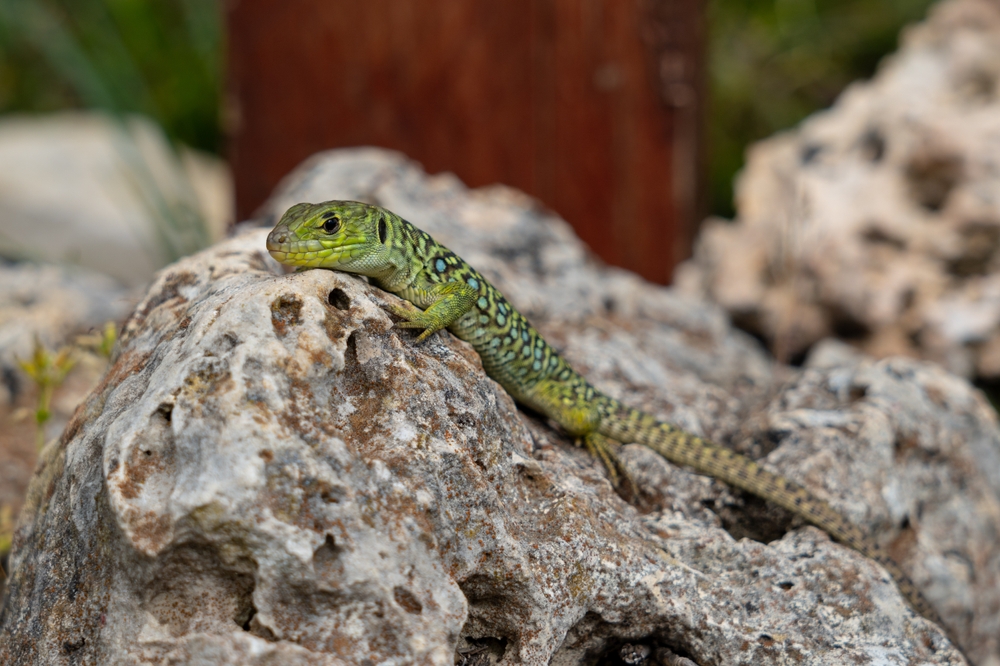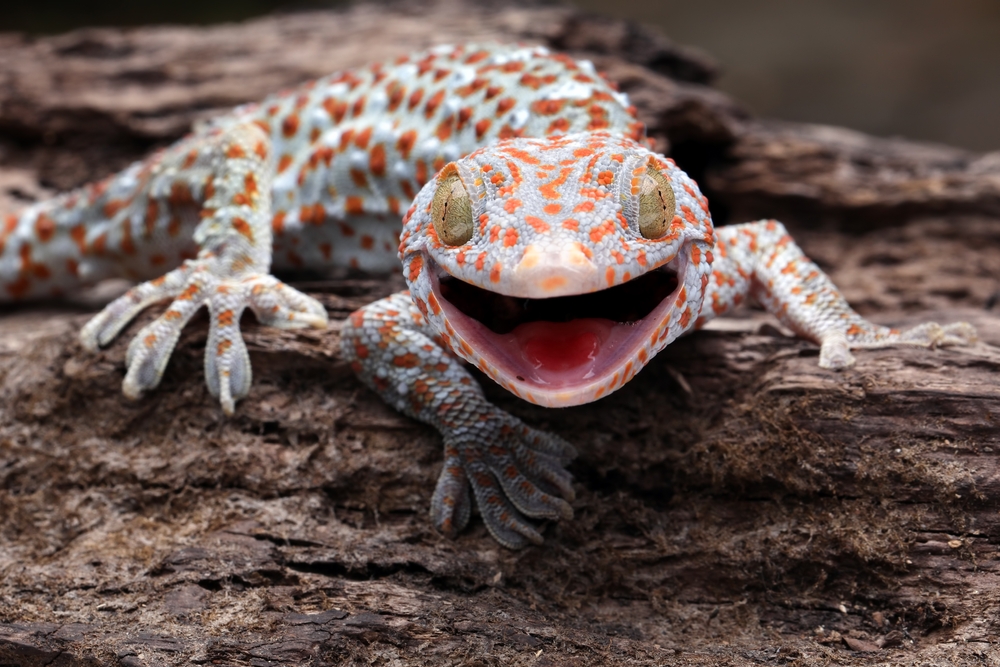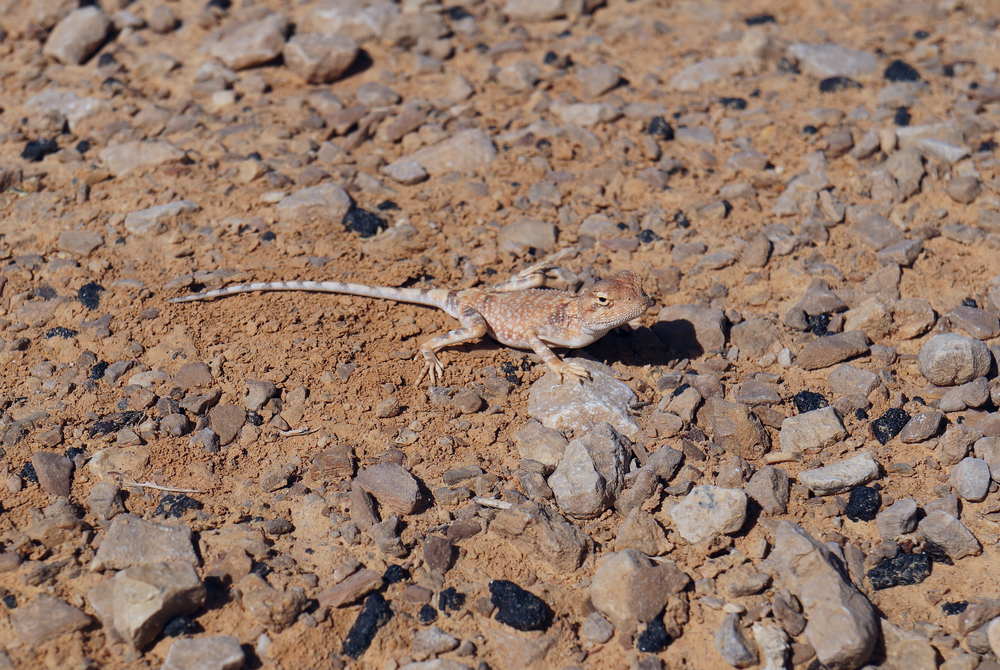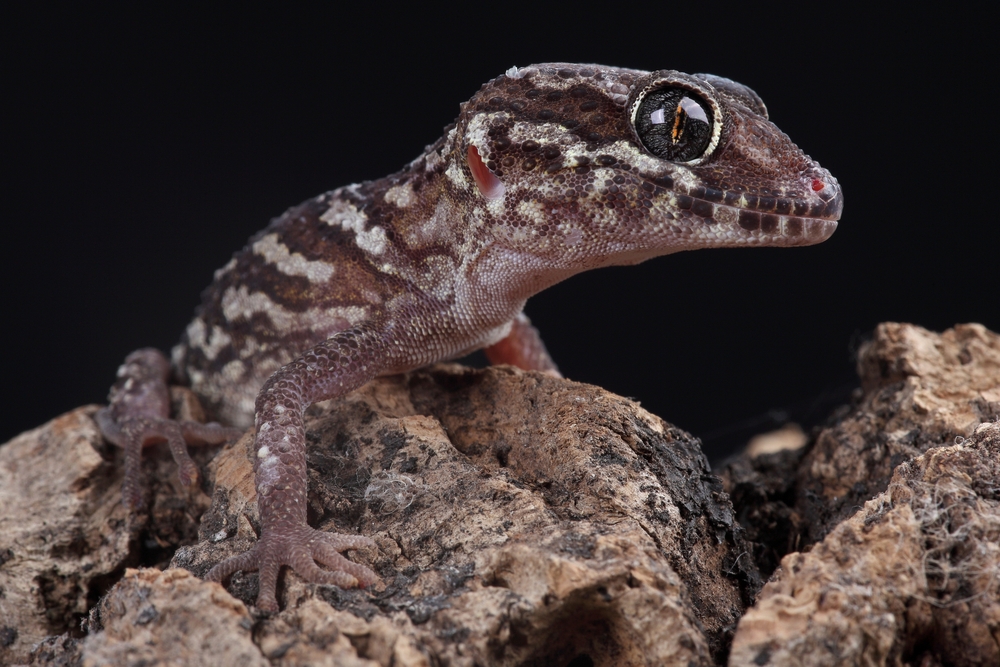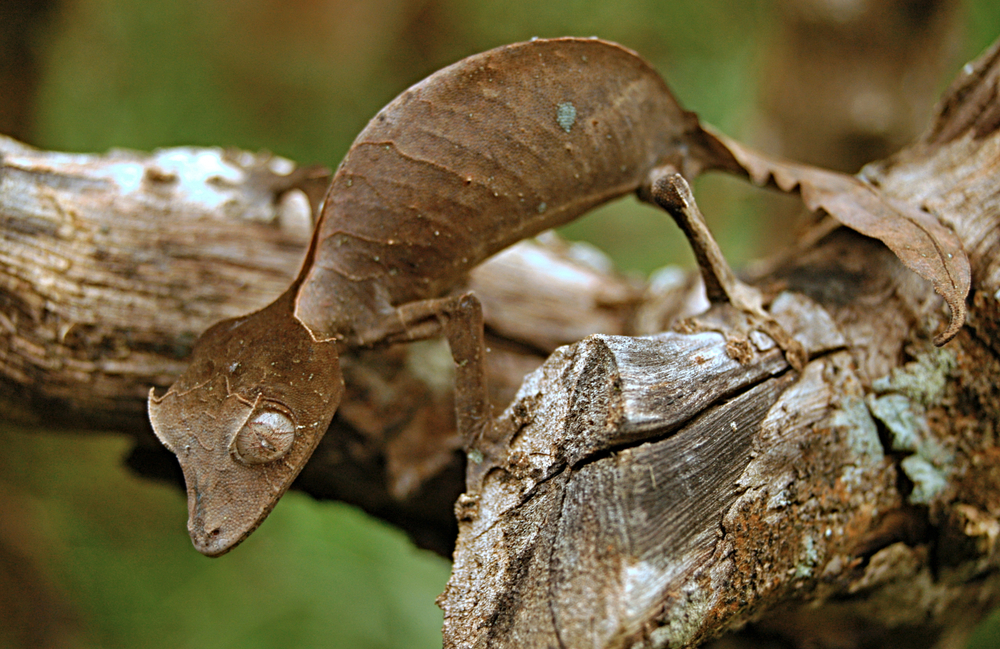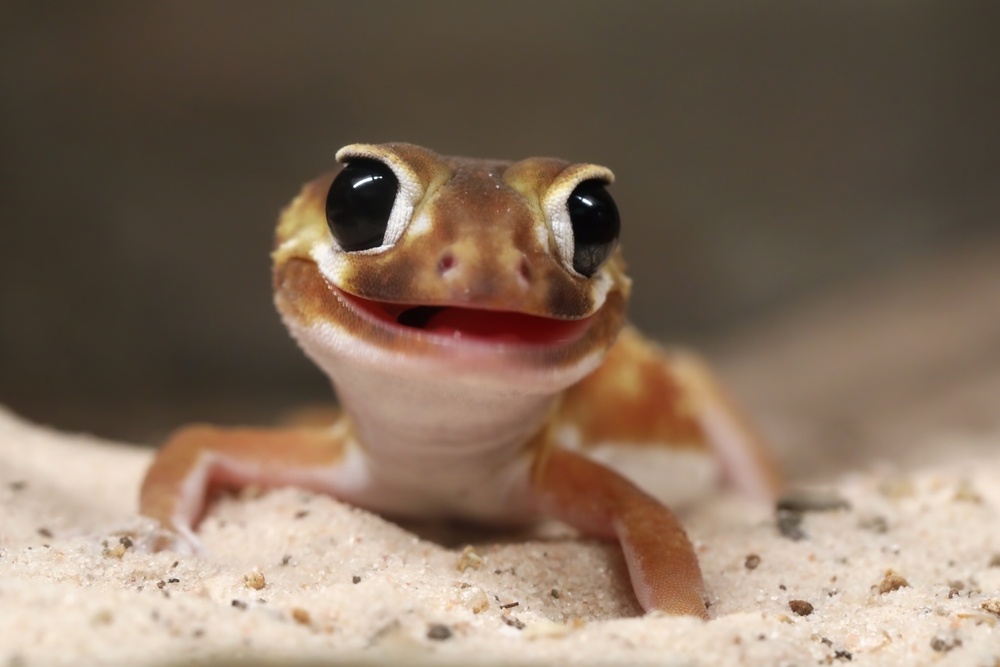Uniqueness
The Persian Wonder Gecko stands out among geckos for its tiny size, velvety texture, and adaptations to desert life. Though lesser-known, it holds a unique niche within the reptile world, particularly across the arid landscapes of Iran and southern Asia.
Miniature Desert Dweller:
As one of the smallest terrestrial geckos, the Persian Wonder Gecko is specially adapted for survival in harsh, dry environments. Its size and delicate form allow it to hide in cracks, burrow beneath the sand, and escape notice from predators.
Velvety Skin Texture:
Unlike the more armored or tuberculate skin of many other desert reptiles, this gecko’s skin is smooth and soft, contributing to its fragile and almost translucent appearance. Its name “wonder” refers not just to its size but to its gentle, elusive nature.
No Climbing Pads:
While many geckos are expert climbers, the Persian Wonder Gecko lacks adhesive toe pads. Instead, it is strictly ground-dwelling, moving easily across loose sand, pebbles, and dry leaf litter.
Big-Eyed Visionary:
Its disproportionately large eyes are adapted for low-light vision, allowing it to hunt with precision in total darkness. The eyes give it a characteristic wide-eyed look, enhancing its appeal among herpetologists and hobbyists.
Quiet and Secretive:
The species is non-vocal, solitary, and elusive, rarely seen during daylight hours. It spends much of its time in shallow burrows or beneath surface debris, emerging only in the cool of night to feed.
Rare in Captivity, Unknown to Many:
Unlike more common gecko species, the Persian Wonder Gecko is rarely found in the pet trade and remains poorly studied in the wild. Its delicate needs and narrow habitat range make it a subject of conservation concern in some areas.
With its unique suite of desert survival traits, the Persian Wonder Gecko is a hidden gem of the arid world—small, silent, and remarkably adapted to life at the margins.



































































